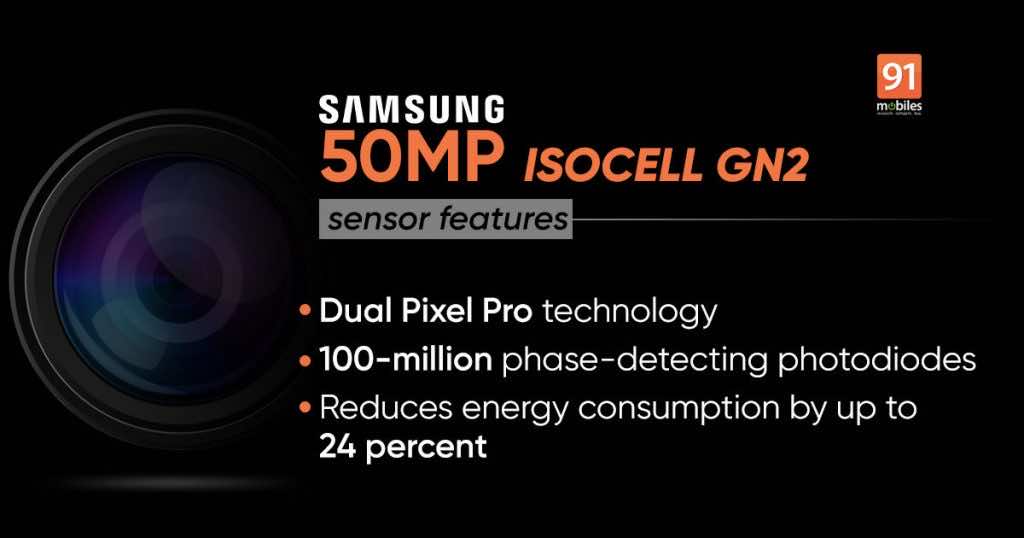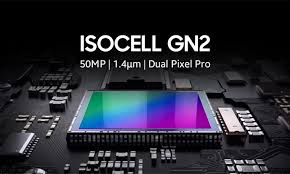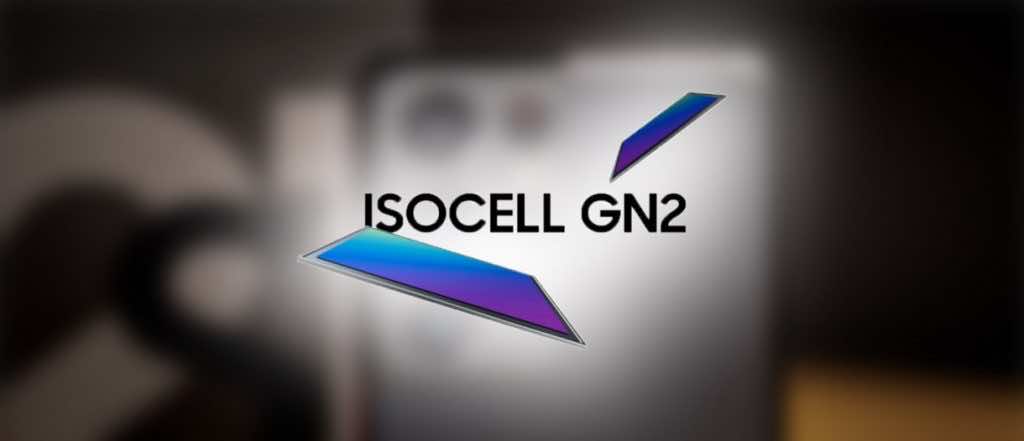It has been years that smartphones transformed photography with their equipped smart cameras. With the technological advancements ever-since, their quality is getting better. Almost everyone these days uses these smartphone cameras to save and share their pictures conveniently. Despite the considerable upgrades in the rest of the features, a camera upgrade always has proven to increase a cell-phone sales. Take my money if it has a good upgraded camera that everyone is talking about!
Big cell-phone companies like Sony, Samsung, and Apple have been in the contest for many years, the battle of producing the finest images possible with their model of cell-phones. Companies stay vigilant to the consumer demands and act accordingly. Like when Samsung sensed the rising demand for ‘mega-pixel’ count sensors, they swiftly upgraded their smartphones with 108MP count cameras where it was producing 32MP camera phones at that time.

Now, Samsung’s race is with Sony, which holds the top spot in the smartphone camera game. To compete better, Samsung has introduced another upgrade in their portfolio, the ‘50MP Samsung ISOCELL GN2.’
The new and upgraded ISOCELL GN2 sensor comes as an upgrade to the last year’s ISOCELL GN1. It has many key improvements: its increased pixel size, better autofocus performance, enhanced HDR capture ability, and more. The megapixel count is 50, but don’t you confuse it with an older one. The new and upgraded sensor produces a far better image quality. It is equipped with a wider 1/1.2 sensor and a bigger 1.4-micron pixel size to enhance low light performance. Additionally, when the configuration is changed to 4-in-1 pixel binning, it doubles the pixel size to 2.4-micron to produce brighter images with better light sensitivity. The craziness doesn’t end here. It comes equipped with a 100MP hybrid mode, which uses a re-mosaic algorithm to develop three different layers of 50MP frames in blue, red, and green to upscale and combine them to produce a final high-resolution 100MP image.
The latest ‘Dual pixel pro technology’ is the substantial upgrade on the ISOCELL GN2 for enhanced ‘phase detection autofocus.’ As per Samsung’s statement, the ISO CELL GN2 turns all-directional, focusing by parting the pixels vertically and diagonally. Making possible quicker focusing in low-light and enhanced tracking of moving objects in the frame. This appears more like OmniVision’s Quad phase-detection technology on its upgraded OV50A sensor and Sony’s 2×2 On-chip Lens technology.

The new ISO CELL GN2 comes with a better-performing HDR. It now would be able to record high-contrast scenes with a better dynamic range using staggered HDR feature. The staggered-HDR catches multiple frames in short, middle, and long exposures equipping rolling shutters to reach an optimal balance between shadows and highlights.
The Smart ISO is another new addition to the ISOCELL GN2, allowing the camera to take high and low ISO values to quickly create a high dynamic range image while keeping the motion artifacts down. The Smart ISO Pro also promises good results in extreme low-light conditions by quickly taking and processing multiple frames in high ISO.
The Smart ISO is another added feature of the ISO CELL GN2. It lets the camera capture high and low ISO values to swiftly create a ‘high dynamic range’ picture with keeping the moving artifacts down. The latest ISO Pro is expected to produce great results in minimum light conditions because of its rapid processing speed of taking multiple high ISO frames. You may say, ‘the wait is over as the new sensor will be able to shoot 8K videos, 1080p at 480fps and 4K at 120fps.

The new camera-sensor, Samsung’s ISO CELL GN2, is undergoing mass production. However, Samsung did not specify as to when the new smartphones will be equipped with them. It might not be wrong to assume that the first smart cellphone to come equipped with Samsung ISO CELL GN2 might be the Upcoming Mi 11 Ultra, which has said to be coming with a 50MP primary camera.


